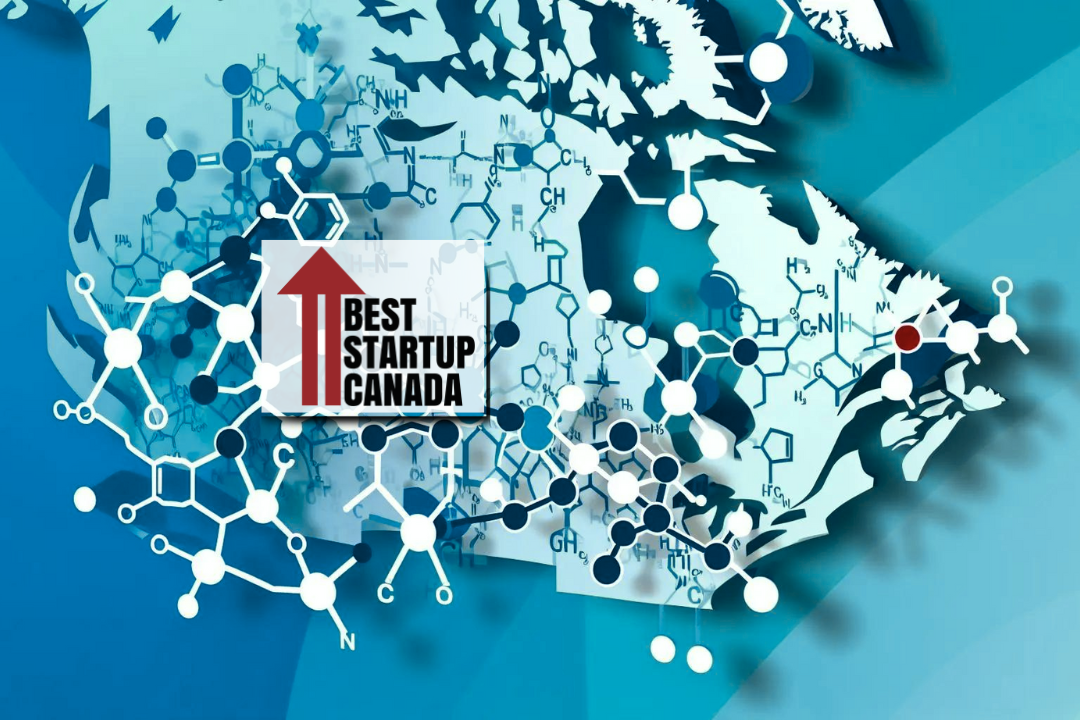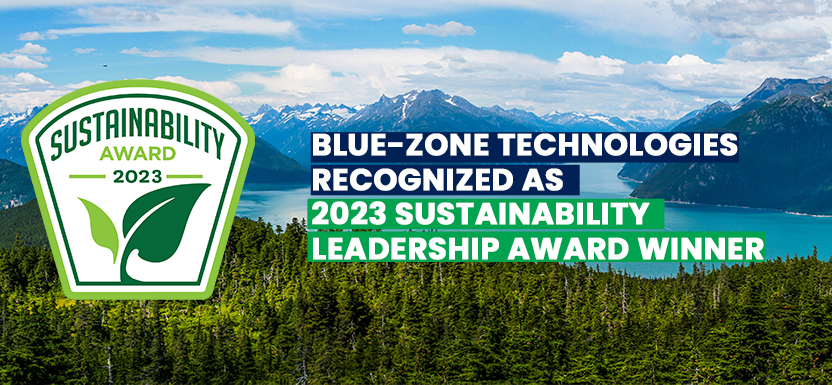October 12, 2022
Blue-Zone Looks To Corner Anesthetic Capture and Reprocessing Market
After a few uncertain years, Blue-Zone Technologies Ltd. has completed an $8 million round of funding which will allow it to scale its operations and increase commercialization of its waste anesthetic gas recovery and recycling process over the next year.
Blue-Zone’s patented Deltasorb and Centralsorb canisters, typically placed in the mechanical room of a hospital, captures the waste anesthetic gas before it is vented into the environment. It is then brought to the company’s 7,000 square foot manufacturing facility in Toronto — with 2,000 square feet of office space — and recycled to create branded, generic, inhalation anesthetic.
According to Blue-Zone’s CEO Kipton Lade, the annual use for anesthetic gases in North America is growing by four or five per cent annually. While each operating room will have a unique answer as to the specific volumes of gas used, he stated there are around 65,000 operating rooms in the continent using an average of 30 litres of gas annually — making for approximately 1.9 million tonnes of carbon dioxide each year.
The American Society of Anesthesiologists estimates inhaled anesthetic is responsible for 0.01 to 0.10 per cent of total global carbon dioxide equivalent (CO2e) emissions. Inhaled anesthetics account for 5 per cent of acute hospital CO2e emissions and 50 per cent of perioperative department emissions in high-income countries.
Lade described the canisters as a ‘lobster trap’ for desflurane, isoflurane and sevoflurane, the three most common anesthetic agents.
“We have the capacity right now to probably manage about 600 operating rooms. When we finish our expansion, we hope to be able to manage about 10 times that amount,” Lade said. “The expansion price tag is just over a million dollars (and) the distillation price tag to increase the capacity there is probably another million, million and a half.”
The funding was jointly led by the Canadian venture capital arm of Crédit Mutuel Equity, and Round Pound Ventures, LLC. Crédit Mutuel Equity is the private equity subsidiary of Crédit Mutuel Alliance Fédérale — one of France’s leading bank insurers, with $63.6 billion in equity capital as of June 2020.
Road to commercialization
Blue-Zone states it is the first company in the world to establish a fully operational, licensed facility of its kind aimed at anesthetic recovery.
The company, headquartered in Toronto, was founded in 1999 by engineer Dusanka Filipovic. Since then, it received enough government funding to build its facility. Then the money ran out, and about two years ago Lade was brought on to help Filipovic raise the funding.
“When the money ran out, the organization basically was living on fumes for a few years,” Lade said. “Trying to keep the keep the lights on, keep the technology live, but it really needed an infusion of financing.”
Until the deal with Crédit Mutuel and Round Pond, Lade says he spoke to around 300 potential investors. Crédit Mutuel includes an executive who runs a medical-based venture arm. Round Pond, a family-run business based in Peachtree Corners, Ga., is an investment arm of HPC Holdings, Inc.
The funding also gives Blue-Zone access to Halocarbon Life Sciences, a wholly owned subsidiary of HPC Holdings that supplies isoflurane and sevoflurane. David Bacon, Halocarbon’s CEO, joined Blue-Zone’s board as a result of the financing.
“Our commercialization efforts now are expanding the capacity of our manufacturing facility, expanding the building out of enough hardware so that we can reach a number of new hospitals and then actually going out and executing on a sales strategy to bring more institutions on board,” Lade said.
Blue-Zone’s expansion plans
Part of the work involved in executing a sales strategy is convincing hospitals of the technology’s utility. As Lade explains, the company’s entry point is typically the anesthesiologist.
“They have to champion the technology in their institution, but they don’t have a budget for it. Now they’re not writing checks,” he said. “So then we need to start convincing the operating room management team, the biomedical engineering team, sometimes there’s hospitals that have sustainability management individuals on their teams… we use the anesthesiologist as the champion to get those conversations happening.”
Once the hospital is on board, Blue-Zone can provide a quarterly report on greenhouse gas emissions reductions. Selling the branded generic requires another set of conversations, given that many contracts between hospital pharmacies and providers can run for several years. In some cases, the company has no choice but to wait until those contracts are up.
The majority of Blue-Zone’s clients are in Ontario, with some in Quebec and two in Newfoundland and one in B.C. It is also present in one hospital in California and a veteran administration (VA) hospital in Chicago, with two more hospitals in Boston coming on board. In the U.S., it’s less a question of diversifying geographically as it is adding to the VA clients under the company belt.
Lade estimates there are around 2,500 operating rooms in Canada, which doesn’t include private clinics or others that may use anesthetics. He mentioned conversations in Eastern Canada around opening a facility for the absorption of the canisters and in the future, sees a facility in the East Coast, West Coast and Toronto as a way to cover the entire Canadian market.
“My big focus is British Columbia, and expanding my base in Ontario,” Lade said. “Those are my two biggest opportunities at the moment.”

